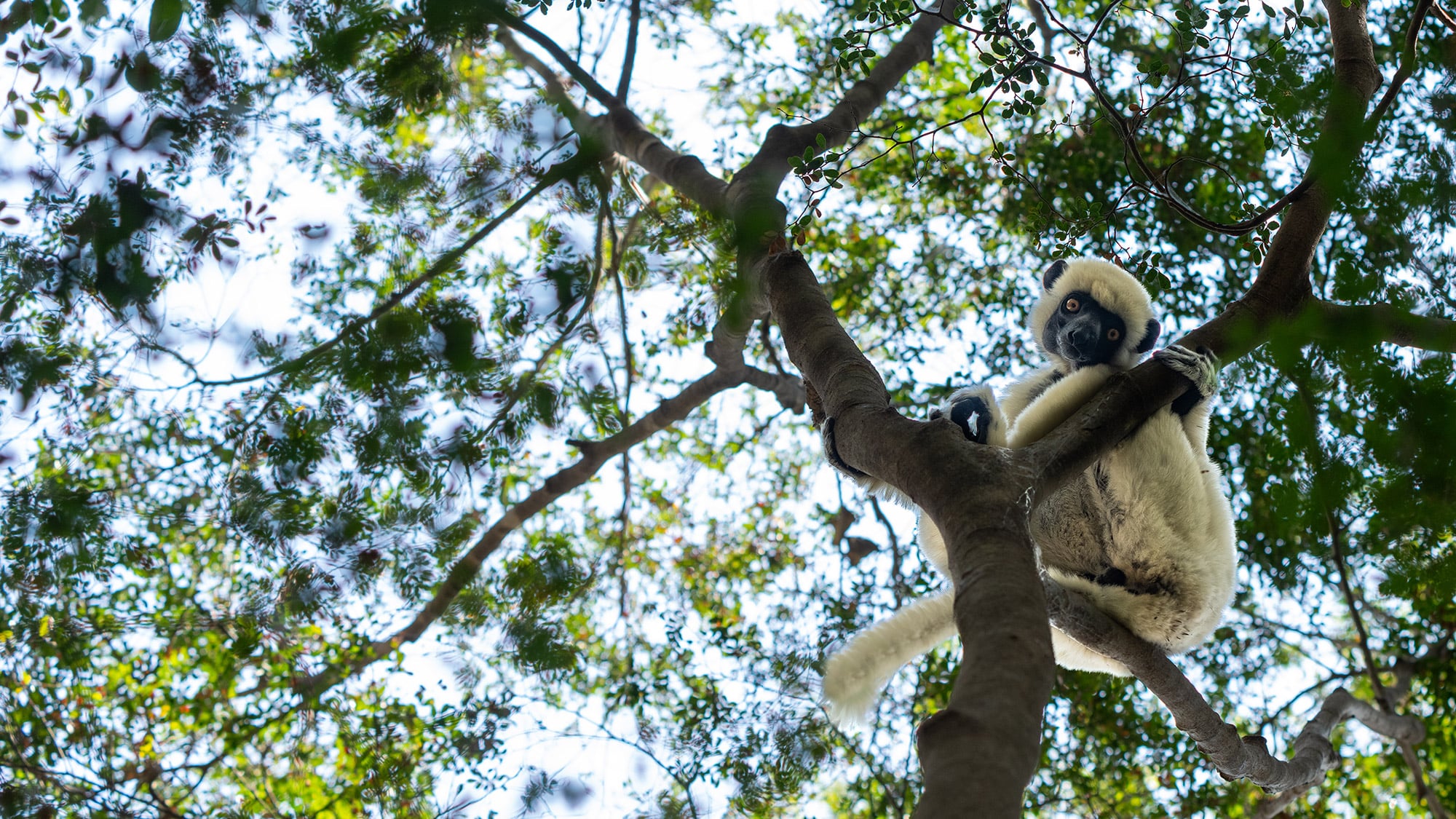Why Madagascar need conservation projects?
Madagascar is called the eighth continent given its unique flora and fauna nowhere else to be found. Sadly, almost all of it is threatened due to rapid habitat destruction and hunting, often the direct result of grinding poverty and lack of education.
Why normal conservation with NGO (non-governmental Organization) fail in their objectives?
Because most of local people in Madagascar are not really involved in conservation Projects, many NGO take their places. Indeed, many NGO might have been trying to assist local people in conserving the biodiversity of Madagascar. However, they have problems of approach with them. For instance, for certain sites in Madagascar, even if Non-Governmental Organizations want to share experiences with locals, they always bring their basic standard of living in their target locations. As a consequence, they fail at their first approach. Moreover, some of them might only focus on biodiversity studies. Thus, rarely will they know what strategies should be implemented in order to resolve the environmental issues in the site. And if local people always practice their usual habits after being educated, NGO will fail in their objectives.
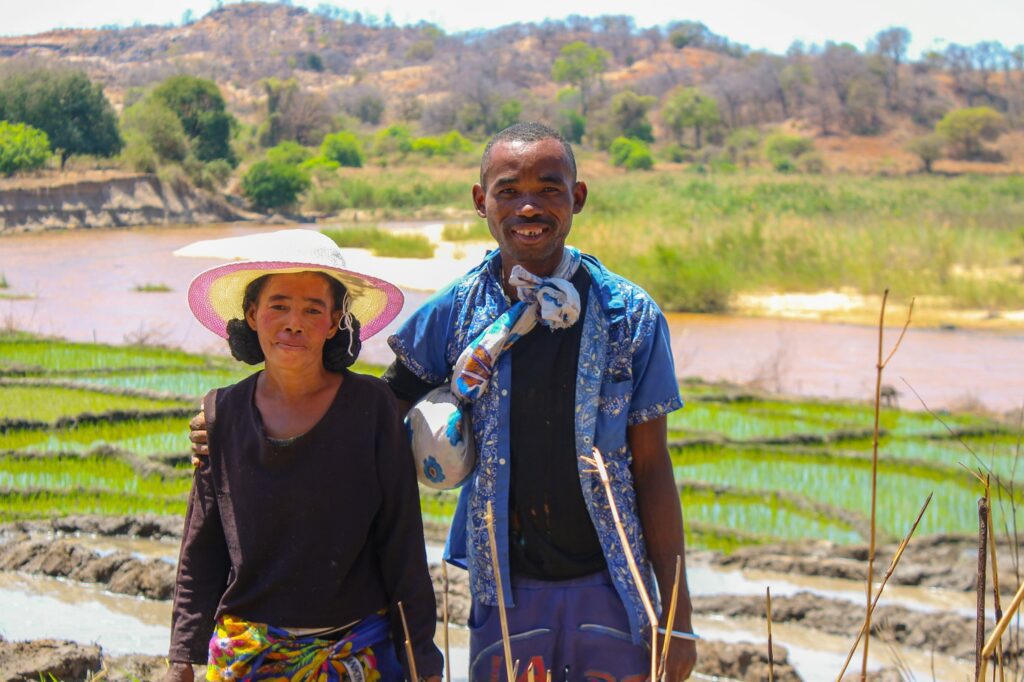
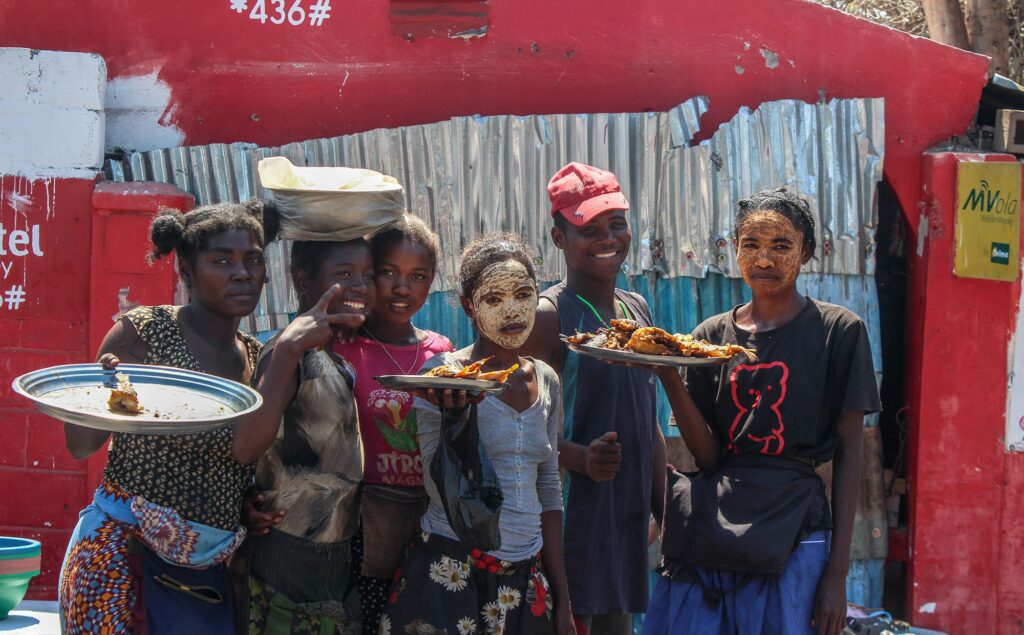
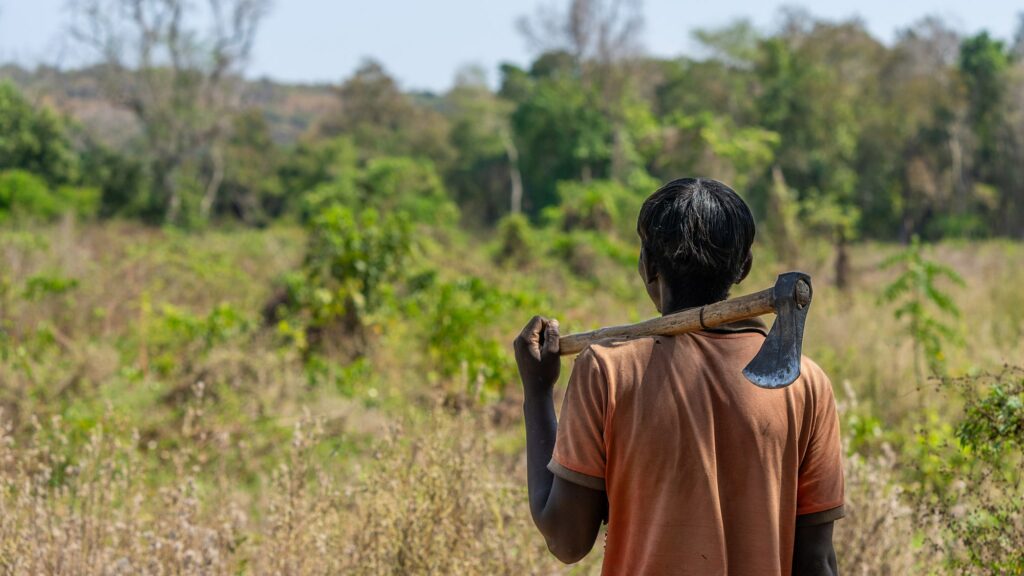
What kind of place we are identifying and what is our strategic approach?
Actually, we are currently identifying a habitat where animals on the verge of extinction are threatened by local community who live there. For instance, endangered Aye-aye, eary-dwarf lemur and species of birds.
Primarily, we are seeking for the unprotected habitat. We believe that the eastern part of Madagascar is our priority target location not only because of water purpose but it also hosts plenty of endangered species as Aye-aye, eary-dwarf lemurs. Then, as soon as we find the area, we will have been spending most of our daily routines living with the local community by the time we practice our surveys in order to be well-integrated. After that, little by little, we will be negotiating “Green classes” to the responsible for the primary school inside so that students will be familiar with their environment. Then, we are going to implement environmental education in the primary school weekly schedule.
Meanwhile, we will be proceeding to safeguarding approach for adults in the local community. We are going to train the local adult environmentally and professionally to get involved in the environment conservation. To illustrate more, our target is to teach the local adults the importance of protecting endangered species and their habitat and how they should behave toward that. Furthermore, we want them to learn how to manage their forest into a touristic site or a reserve. Indeed, our first step is construction of a hotel and a restaurant in the location in order to provide work for the local community and attract tourists. At the same time, we will be training them with hotel and tourism management so that they will be able to work as managers of the hotel and the restaurant or local guides in the reserve. Therefore, not only will we develop the location but also eradicate the local community mental crimes toward the environment.
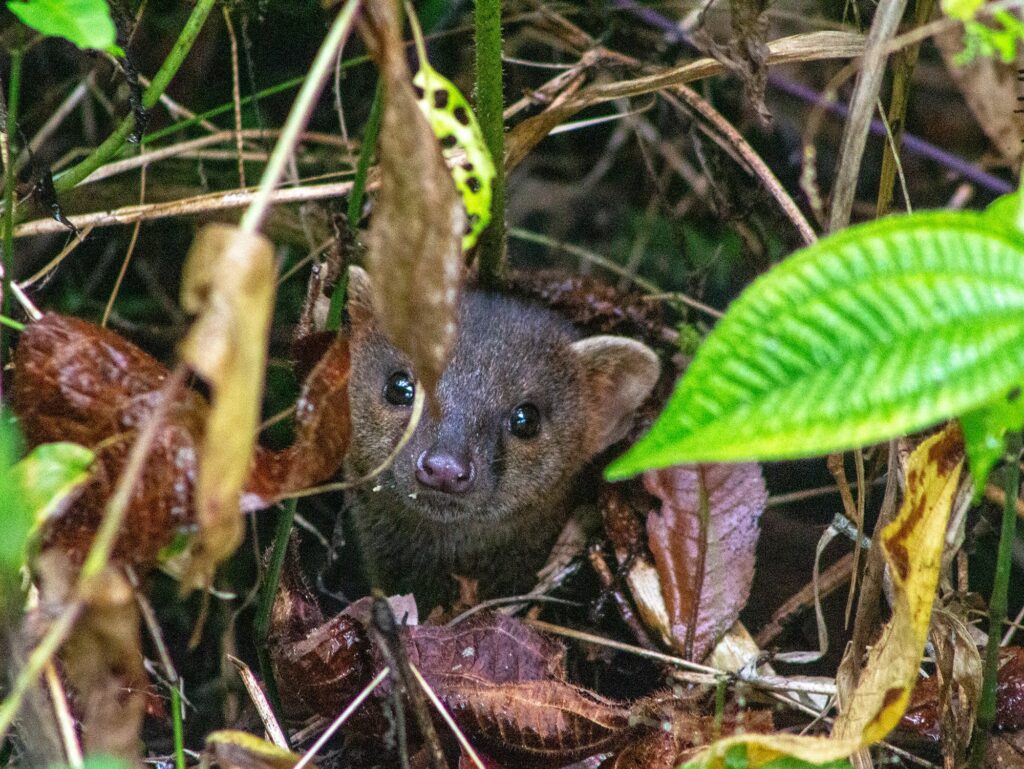
How are we going to manage our expenses in the project?
As we are currently identifying a suitable location and using our expenses for the eastward tour of Madagascar. Meanwhile, on the way to find the places, never will we forget to contribute work equipment for local guides who already work in National parks and reserves. Indeed, tour guides and parks staff need to be well-equipped while working. Unfortunately, it is not the case in Madagascar because it is arduous to afford that. Concerning the case of local guides, they do not wear hiking shoes, walk without raincoats, struggling with finding birds because they lack materials for calling them. Then, as far as parks’ staff are concerned, they lack work equipment for pursuing species in the forest. For instance, when some species are breeding, they have problems with observing them. Those cases have not happened once, twice, or thrice but most of the time we accompany tourists in national parks. Consequently, we have decided to donate them our old or used work equipment such as used head-lamps, used lasers, speakers, used smartphones so that it will enhance their work performance. Thus, once we reach our goals, they will get more involved in parks conservation rather than staying in stuck with equipment matters. And as soon as they are well-equipped, they will be able to maintain the conservation of parks and develop themselves in their community.
Then, as soon as we find our target location, we will proceed directly in spending our expenses for the construction of a hotel and a restaurant in the area. At the same time, we are going to implement environmental education at the primary school in the location by negotiating the responsible for it. To develop more, we are going to add “green classes at least once a week “in their school program so that they will get involved in the importance of their environment. After that, by the time we build the hotel and restaurant, we will have taught all adults tourism and hotel management training so that they will not only stop harming the environment but also have the ability to turn their forest into a reserve or a park and hence it automatically provides work for them. Furthermore, once the hotel is finished, the local adults in the community will be the managers of it and they can attract tourists.
To put it in a nutshell, without money and equipment, nothing could be done. We request financial aid for those who support our project. Not only are any financial aid and materials from supporters necessary but also extremely important for this project.
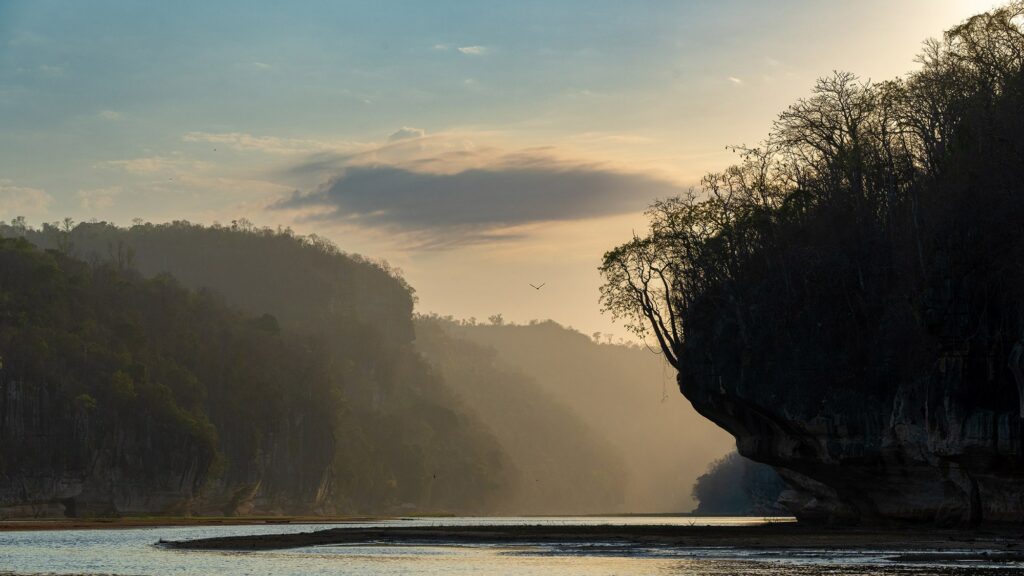
How you could support our project?
As we have already mentioned above, not only are we finding out an unprotected wild location but also contributing equipment for local guides in Madagascar National Parks and reserves. Therefore, in order to support our environmental vision, any donation is extremely important.
First, to start our environmental vision, we have added $250 as a voluntary contribution to our environmental fund. We are currently using to identify suitable locations. And this float of $250 will be used as our primarily expenses for fuel, beverage, work equipment sharing and tips during the surveys. Subsequently, any financial aid from your side would strongly strengthen it. even $50 would be handled with happiness.
Secondly, to contribute the local guides who need work equipment, it is necessary to collect:
- Old smartphones, speakers to call species of birds.
- Old hiking shoes so that they will not walk only by their feet anymore.
- Old clothes, rain jackets or old staff that you do not need anymore.
Thirdly, for the environmental education approach for children and adult:
- Old smartphones or tablets in order for them to learn any environmental applications and games.
- To support local wildlife’s fundamental need, old clothes,
- Money for school supplies or school supplies. (Green classes fees, Copybooks, environmental book education, pens and ect…)
- equipment’s for professional purpose (adult) and for green classes (children) such as old raincoats, old hiking shoes, or materials for leading tours in Parks, speakers and any other used equipment for tour guides.
Last but not the least, any advice or even specialist advice from your part would be a great contribution for us.
